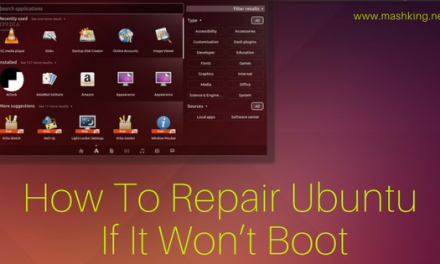Whilst many transactions take place in store or online, plenty of businesses still rely on payments made over the phone or through the mail. A virtual terminal is a way of accepting these payments, using card details provided by a customer who is not present. A benefit of a virtual terminal is that it does not require the expense of a physical terminal, as transactions are typically put through online, meaning there is no need to purchase a card reader.The Benefits of Virtual Terminals
Virtual terminals typically operate online. Most businesses these days have a computer and internet connection in their office, even if they do not have a website. This means that no additional equipment is required for the majority of users. The forms that are used by the virtual service provider are secure and easy to fill in, keeping the amount of staff training required to a minimum.
In turn, using a virtual terminal is inexpensive, with several companies offering packages starting at just £10 a month. This will typically include a set number of transactions, with options for either moving up to a package offering a higher number of transactions, or paying by the transaction for any that exceed the limit. For businesses only requiring a small number of transactions, some companies offer higher per transaction prices, without the need to subscribe to monthly payments.
As the card, and therefore the customer does not need to be present for the transaction to take place, they are ideal for businesses that do not have a high street presence, for example those providing a service, offering bespoke products, or offering a mail order service. Virtual terminals allow multiple operators to input payments simultaneously, which is particularly useful in a call centre environment.
Why use a Virtual Terminal?
Virtual terminals are used for taking payments by a variety of businesses. Freelancers and other businesses providing a service find virtual terminals a useful option, as many clients will choose to pay by card through the mail or over the phone once the service has been received.
Businesses with no physical presence offering products through the mail will require a virtual terminal to take payments. Even if the business has a website allowing products to be purchased online, being able to take payments over the phone is beneficial, for example if a potential customer phones up with a query regarding a purchase, the transaction can be put through there and then rather than having to refer them back to the website.
Many businesses go to shows and events to sell their product or service. A virtual terminal will allow a business to take orders on the day by recording the customers’ card details, and process the order at a later date, when the product on offer is ready to be shipped. If a computer, tablet or smart phone and internet connection are available, payment can even be taken live, should the customer wish to pay in advance or take a product away with them on the day of the show. It takes away much of the hassle and expense of arranging a card payment terminal for companies that wouldn’t normally need one, for example those which usually trade online.
Virtual terminals do not require any specialist equipment and are therefore cheap to set up. They allow businesses to take orders from customers without requiring them to be present, which can help a business expand to reach additional customers with minimal expense.
Sources
http://www.paypoint.net/services/payment-gateway/virtual-terminal/
https://www.paypal.com/webapps/mpp/virtual-terminal
http://www.securetrading.com/independents/virtual-terminal
http://www.securehosting.com/virtual-terminal/





